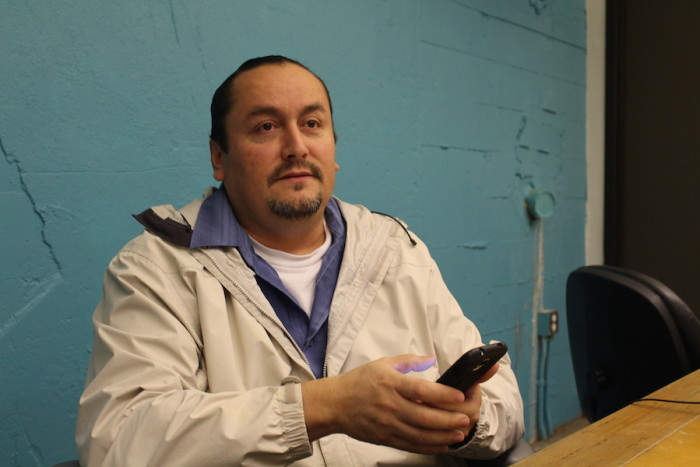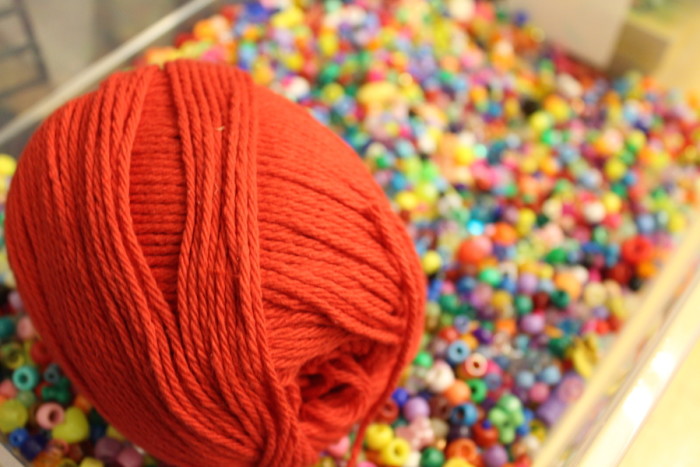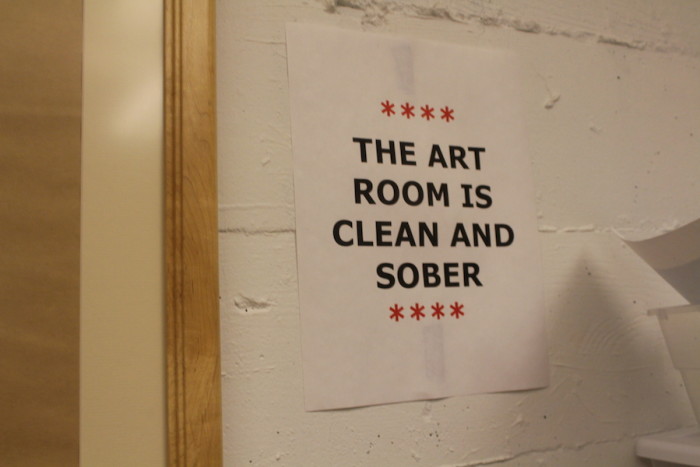
Matt Remle’s grandparents were about five years old when they were taken to live in American Indian boarding schools. Like thousands of other Native American children in the 19th and 20th centuries, they were separated from their families and forced to abandon their traditions as part of a “cultural cleansing.”
They were forced to adopt Christianity. Their spirituality was criminalized. They lost their Native language and their opportunity to grow up in a nurturing environment.
The goal of American Indian boarding school and Canadian residential school policies, Remle said, were to “save the man, kill the Indian.”
“They were told, ‘You’re here because your parents don’t love you. That’s why they’re not coming,’ among other garbage,” Remle said.
It’s been decades since the boarding schools were closed, but evidence suggest that the cycles of abuse started at the schools still perpetuate within American Indian communities today.
That’s why Remle, the Native American liaison at Marysville-Pilchuck High School, wrote Resolution 31621, which formally acknowledges the intergenerational trauma caused by American Indian boarding school policies.
“When you don’t know who you are or where you came from, you fall victim to things like drug and alcohol abuse,” said Gabe Galanda, a partner at Galanda Broadman, PLLC, a tribal rights law firm in Seattle.
Galanda also contributed to the writing of the resolution, which the Seattle City Council passed unanimously last month.

Rates of homelessness and drug abuse are disproportionately higher for Native people than for the general U.S. population. And according to the 2010 Census, 28.4 percent of American Indian and Native American people live in poverty, well above the overall poverty rate of 15.3 percent.
Amanda Hayes, an enrolled member of the Turtle Mountain Band of Chippewa Indians, says those issues can be traced back directly to American Indian boarding school experience.
Many of the children living in these schools faced physical, sexual and emotional abuse, the impacts of which have been passed down between generations.
Now organizations like the The Chief Seattle Club (CSC) are helping people who suffer as a result of intergenerational trauma pick up the pieces. Located in Pioneer Square, the organization provides support for homeless and low-income American Indian and Alaska Native people.
CSC Program Manager Derrick Belgarde first came to the club eight years ago. He was homeless then.
“I suffered from a lot of vices,” he said. “I was coming here to get help.”
He’d just attended a memorial service for a CSC member prior to our meeting.
According to a 2012 report by the United States Interagency Council on Homelessness, American Indian, Alaska Native and Native Hawaiian people experience much higher death rates than the general population.
Belgarde also spoke about the present-day impact of intergenerational trauma on his own family. His 24-year-old son is on the streets and is a current member of the CSC.
“I didn’t break that cycle soon enough,” Belgarde said. “One of the biggest things that keeps me going now is to know that I have to be there when my son is ready.”

Belgarde now has a Master’s degree in Public Administration from Seattle University. He’s come a long way from where he was eight years ago, and he said he’s confident that his son will overcome these challenges, just as he did.
“I didn’t get it until later in life,” Belgarde said. “I feel this way because I was programmed to feel this way.”
But acknowledging that American Indians – past and present— were victimized by an oppressive system should not be mistaken for playing the victim card.
Belgarde said the plight of American Indians to heal from their past is not just a story of tragedy. It is also a story about resilience.
Communal healing and holistic approaches, he said, could break the cycle of trauma.
“We have a lot of success stories and turnarounds,” Belgarde said.
The CSC provides art programs, in addition to other support services, to stimulate the mind’s creativity. This is part of their holistic approach to health and wellness.
Belgarde referred to the medicine wheel metaphor to illustrate this concept. The four directions of the medicine wheel can be interpreted as symbols of the four aspects of a person: emotional, physical, mental and spiritual.
According to this metaphor, when one of the four parts is out of balance, the entire wheel loses balance. This approach informed his perspective on homelessness and alcohol abuse.

“Being homeless is not just a physical thing,” Belgarde said. “It’s not just physical sickness with alcohol. You’re trying to drink away the shame and the pain.”
The disproportionately high rates of alcoholism in Native communities are well documented. Native Americans are five times more likely to die of alcohol-related causes than non-Native Americans according to the Indian Health Service.
And Belgarde is not alone in linking shame directly to American Indian boarding school policies. Everyone I interviewed shared this sentiment.
“Shame was a very powerful tool that priests and nuns used to gain compliance from students,” said Louie Gong, an artist and activist who is an avid supporter of Resolution 31621. “Understanding the residential school experience is a critical stage in understanding what it means to be a Native person.”
A section of the resolution encourages Seattle Public Schools to include education about American Indian boarding school policies in their history curriculum. Providing this information to students would put present-day struggles in historical context.
The two major components of Resolution 31621 are truth and reconciliation.
“There’s no way to move forward in society if we can’t be honest about our past,” Galanda said. “The truth component is retrospective, and reconciliation is prospective.”


Shouldn’t people be forced into diversity? These American Indians were being xenophobic. By forcing them to be with others we were helping them to experience diversity.
The worst thing we can do is let native people be living in family oriented native communities free from intrusion by foreigners. Keeping outsiders out is terrible. So it seems like the people who forced them into these boarding schools weren’t doing anything fundamentally different than government run schools do and our immigration system does today to all of us.
This story needs way more coverage.